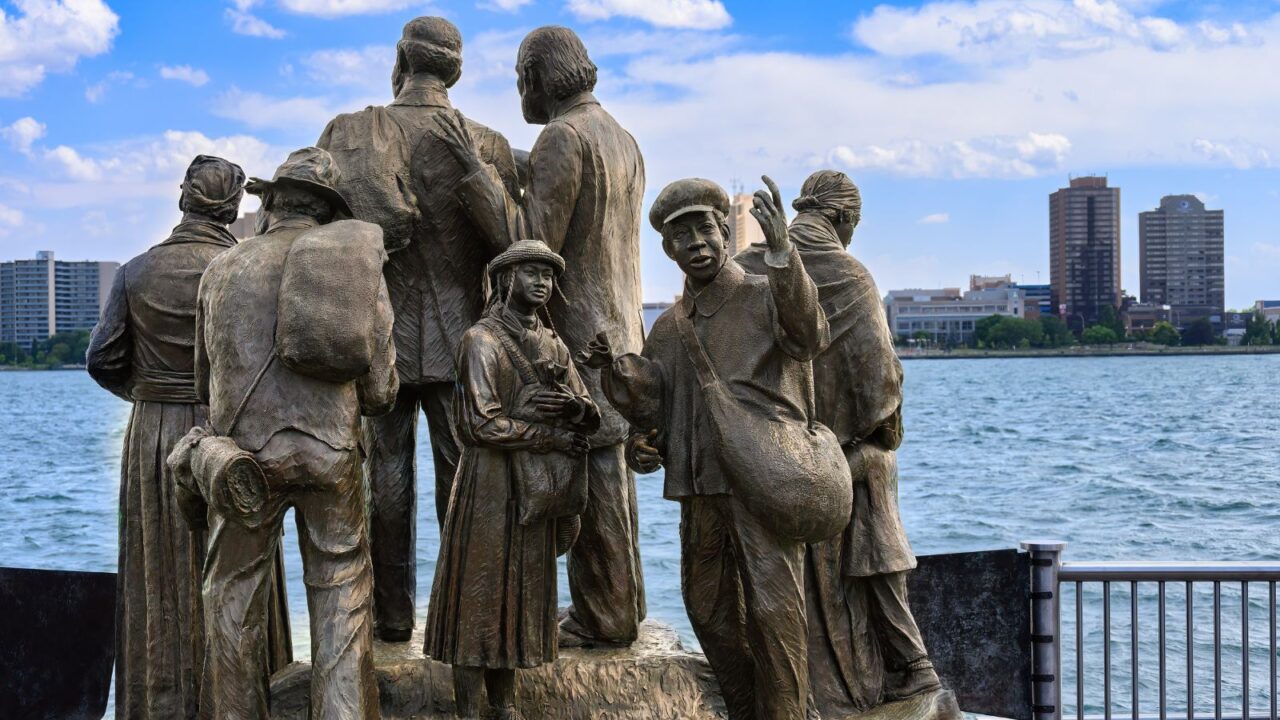
Underground Railroad Stops That Changed Lives
Scattered across quiet towns and bustling cities are houses that once held powerful secrets, places where enslaved people found shelter, hope, and the next step toward freedom. These homes, churches, and passageways formed the Underground Railroad, a network that helped thousands escape slavery in the mid-1800s.
Whether you’re a history lover or a road tripper, these stops offer a moving, unforgettable layer to your travels.
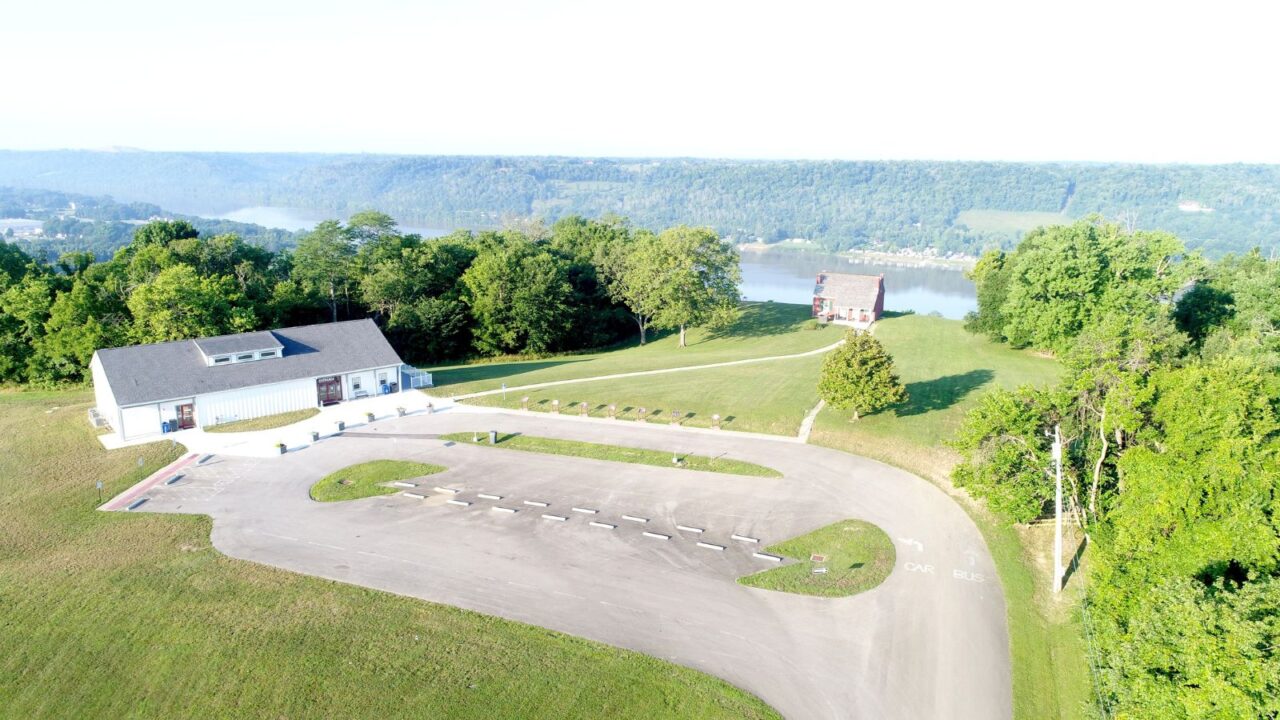
The John Rankin House in Ripley, Ohio
Perched high above the Ohio River, the John Rankin House once served as a beacon for those escaping slavery. Rev. John Rankin, a Presbyterian minister, lit a lantern in the window each night to guide runaways from Kentucky across the water.
His family sheltered over 2,000 people seeking freedom, making this home one of the most important stations on the Underground Railroad. Today, visitors can tour the preserved house and look out over the river just as freedom seekers once did, seeing what they saw, and feeling what they felt.
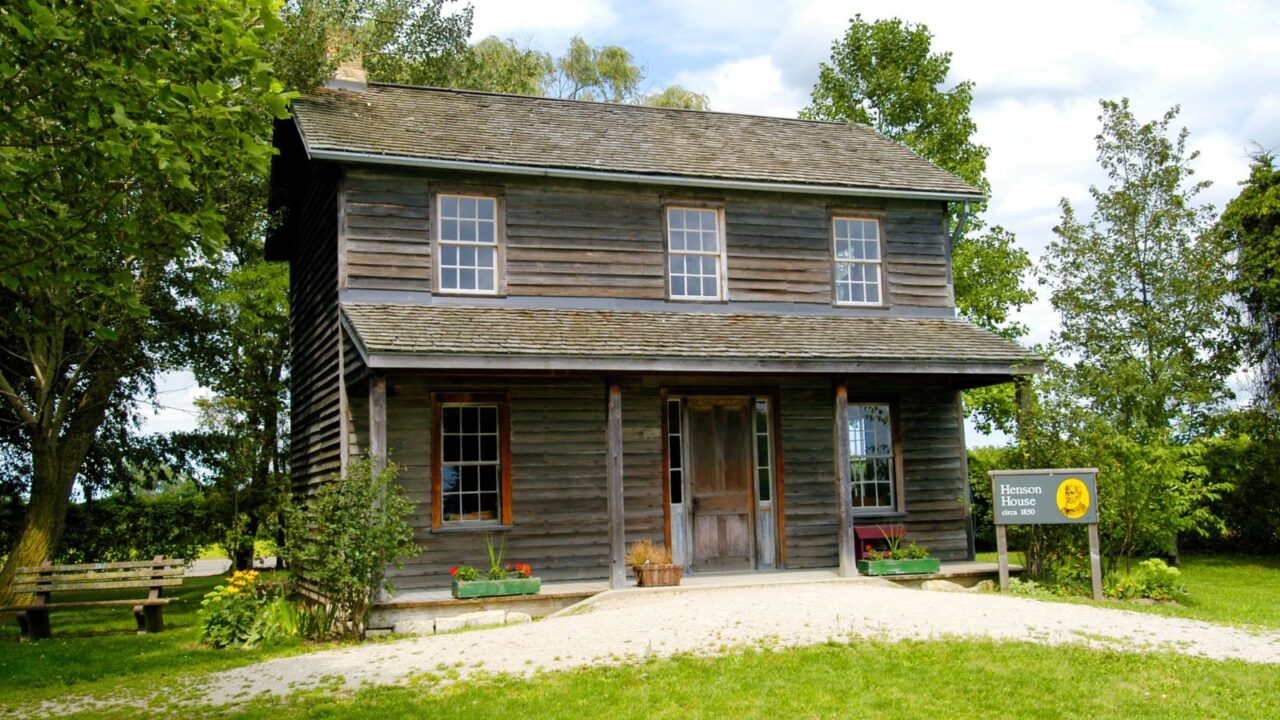
Josiah Henson Museum, Ontario
Though not on U.S. soil, the Josiah Henson Museum in Ontario helps complete the story. Josiah Henson escaped slavery in the U.S. and found safety in Canada, where he founded a settlement for others who had fled.
Some believe his life partly inspired Uncle Tom’s Cabin. Visiting this site adds perspective to American stops; it shows where the journey led.
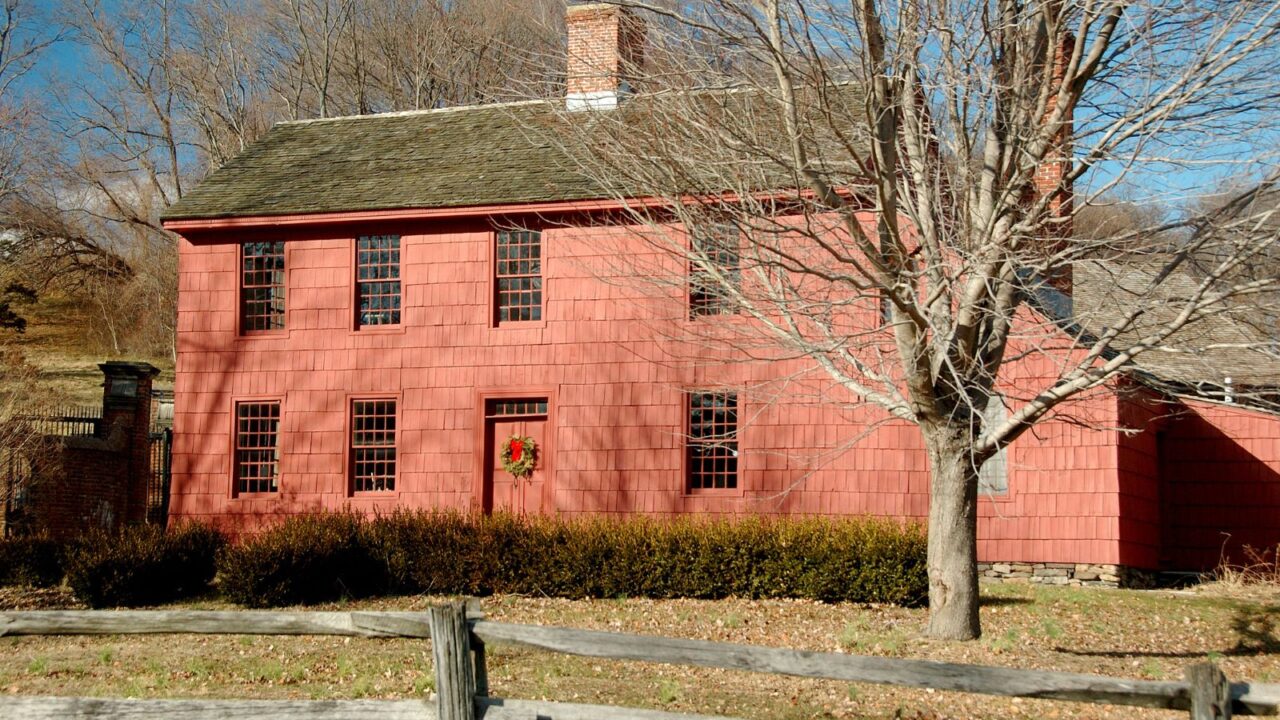
Coffin House, Indiana
Often called the “Grand Central Station” of the Underground Railroad, the Coffin House in Indiana is a powerful symbol of organized resistance.
Quaker abolitionists Levi and Catharine Coffin hid up to 2,000 escapees in their home. Their house was designed with false-bottom wagons and hidden rooms, blending everyday life with extraordinary courage.
It’s now a museum where visitors can explore their innovative methods and hear stories of the people they helped.
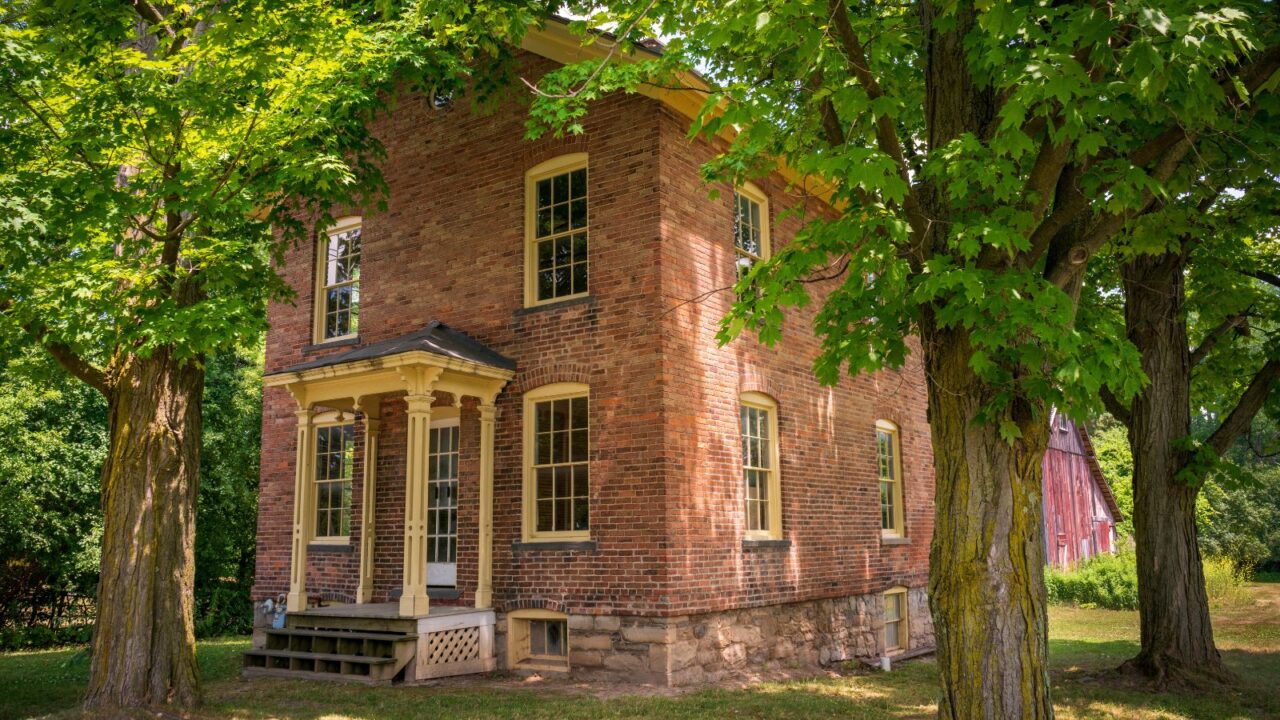
Harriet Tubman Home, NY
Harriet Tubman’s name is woven into American history, but fewer know that she lived her later years in Auburn, New York. After freeing dozens via the Underground Railroad, she purchased land and settled in this upstate town.
Today, her home is open to the public and part of a national historical park. Nearby, the Harriet Tubman Memorial Chapel and gravesite complete the story.
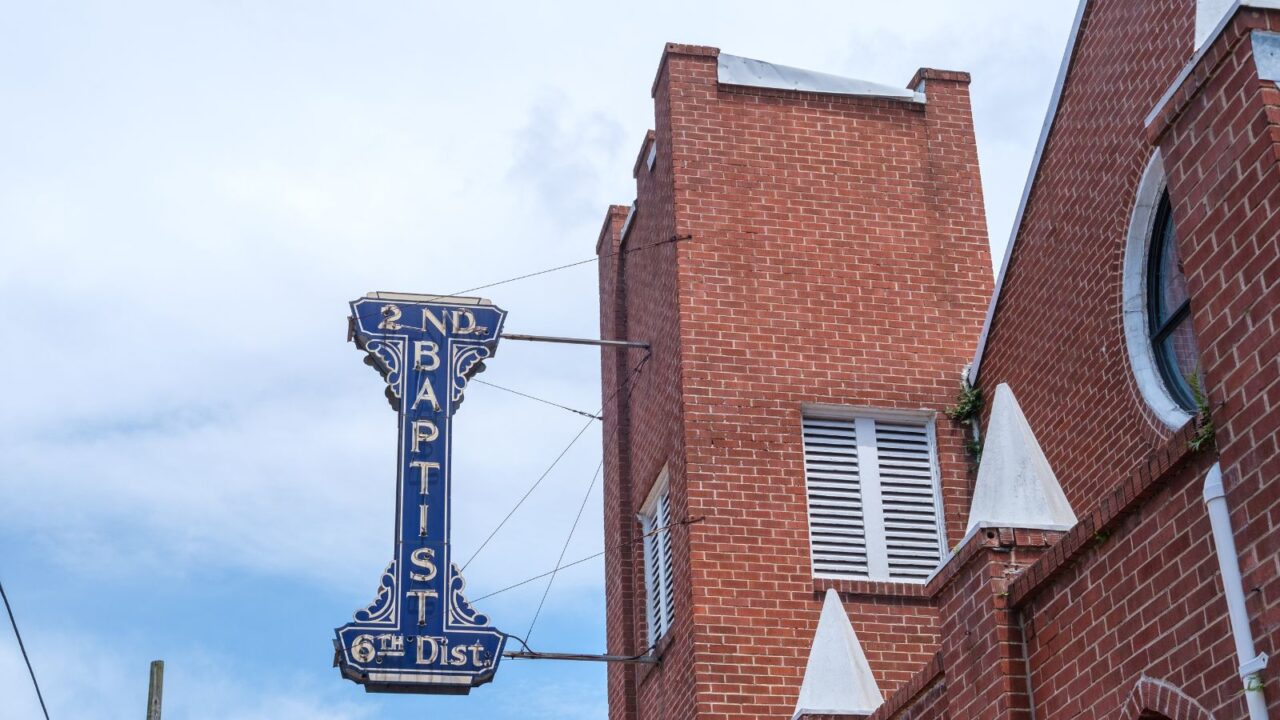
The Second Baptist Church in Detroit, Michigan
Detroit was one of the last American stops before crossing into Canada. The Second Baptist Church, founded in 1836, played a major role in helping people reach freedom. It was a place of worship, but also a safehouse, a school, and a launchpad for justice.
Today, guided tours take visitors through secret tunnels and highlight its work with abolitionists like Frederick Douglass.
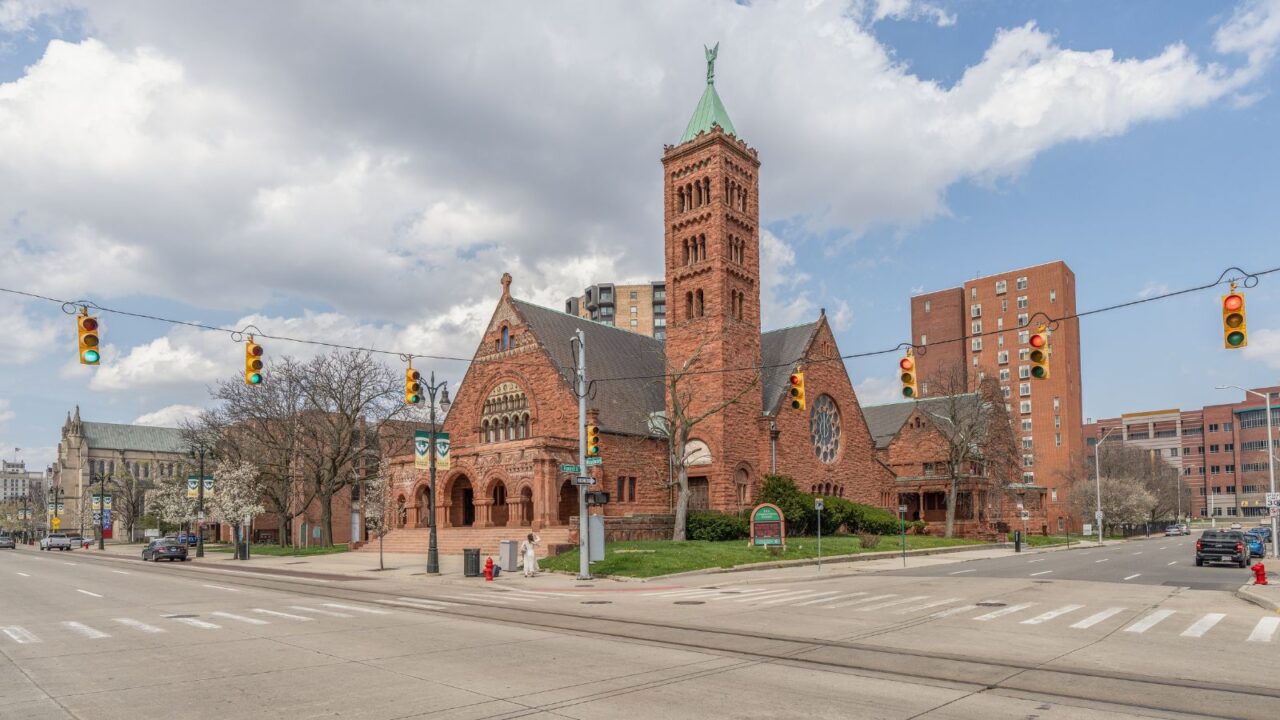
First Congregational Church, Detroit
Another key Detroit landmark, the First Congregational Church, offers an immersive Underground Railroad Museum with a walk-through experience that simulates a freedom seeker’s journey.
This space is interactive and emotional, making the story real for modern audiences. Detroit may be known for music and industry, but these historic churches quietly hold some of the country’s most transformative stories.
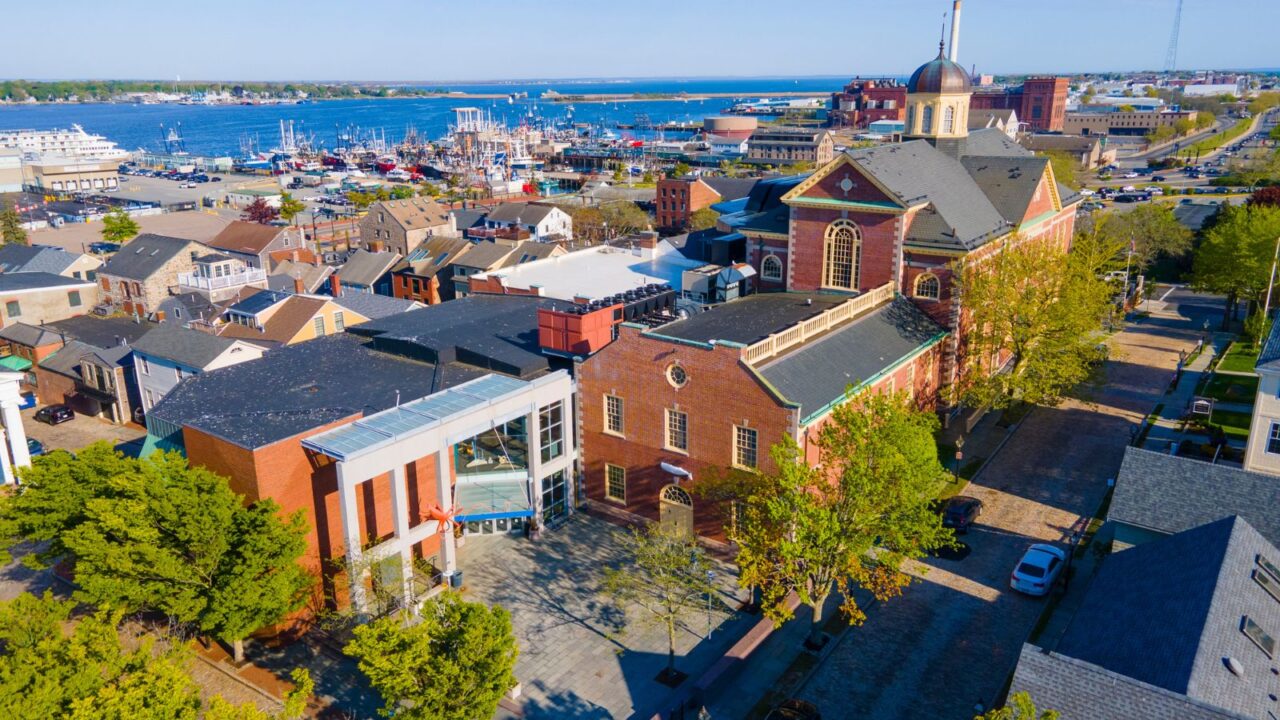
Johnson House, MA
New Bedford’s whaling industry drew a diverse and free Black population in the 1800s, making it a welcoming place for people fleeing slavery. The Johnson House sheltered many, including Frederick Douglass, after his escape.
The home is preserved today and helps visitors understand how Northern cities quietly supported liberation. Walk through this historic seaport town, and you’re walking in the footsteps of Douglass himself.
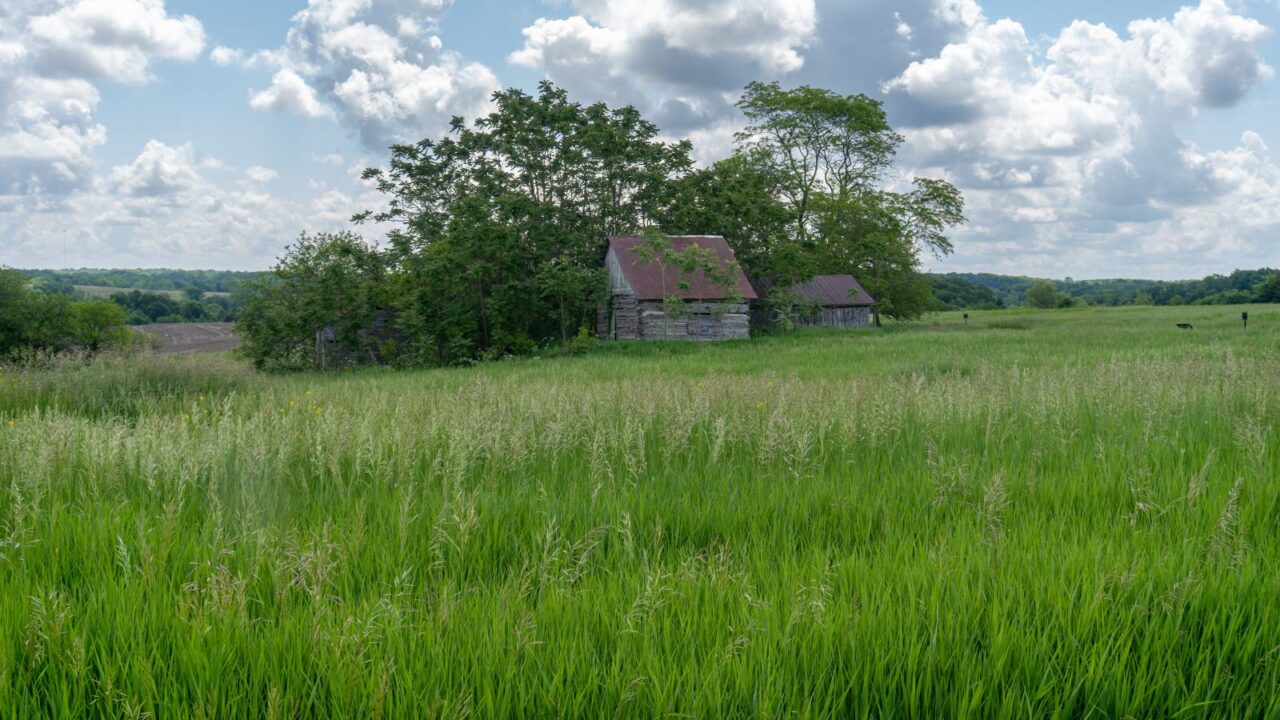
McWorter Cabin Site
New Philadelphia was the first town in the U.S. founded by a Black man named Frank McWorter, who bought his own freedom and that of 15 family members.
Although his original log cabin no longer stands, the site is now a national historic landmark that honors his legacy and symbolizes a turning point from quiet resistance to bold, visible change.
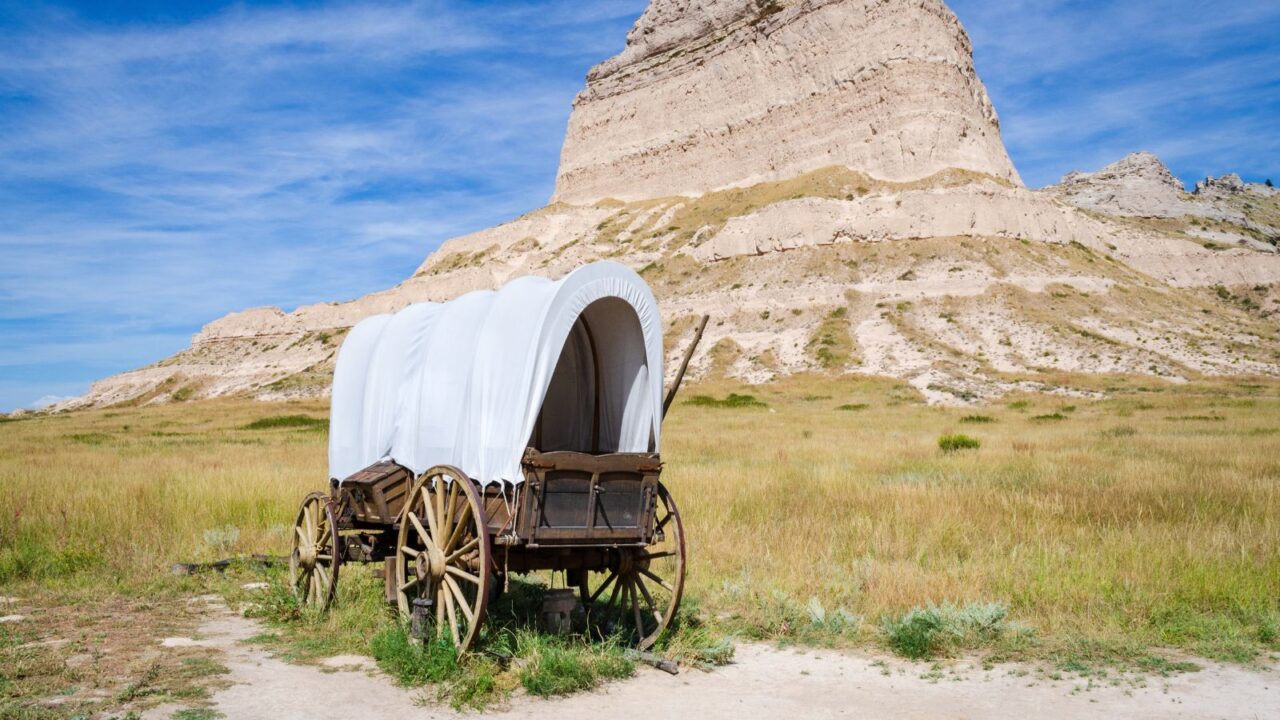
The Rankin-Coffin Connection, Ohio to Indiana
The Underground Railroad was built on trust and coordination. The Rankin House in Ripley and the Coffin House in Indiana were part of a larger network, linked by wagon trails and word of mouth.
Planning a road trip through southern Ohio and Indiana turns history into an immersive journey through fields, hills, and quiet towns that once roared with quiet bravery.
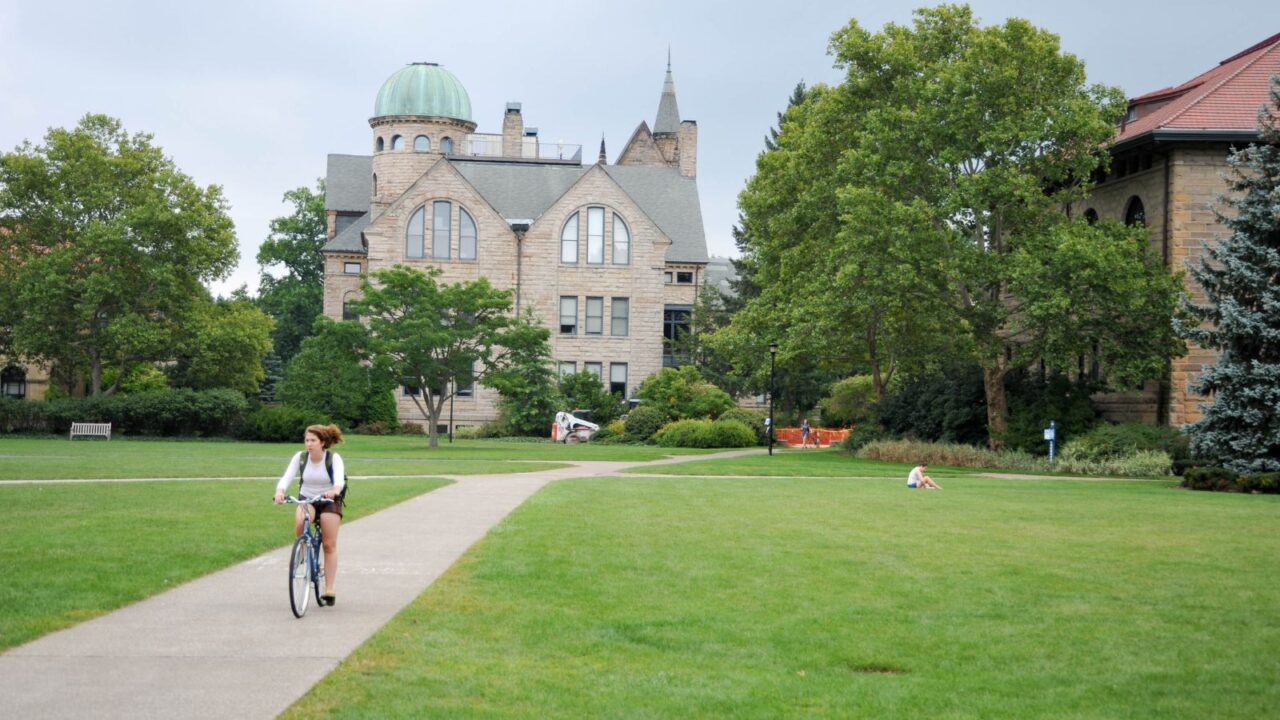
Oberlin Heritage Center
Oberlin College was one of the first in the country to admit Black students, and the town itself became a hub of anti-slavery activism. The Heritage Center includes preserved homes and guided walking tours that detail how townspeople risked their lives for the cause.
With historic buildings and educational programs, Oberlin is a thoughtful stop where visitors can connect with the role education played in the movement.
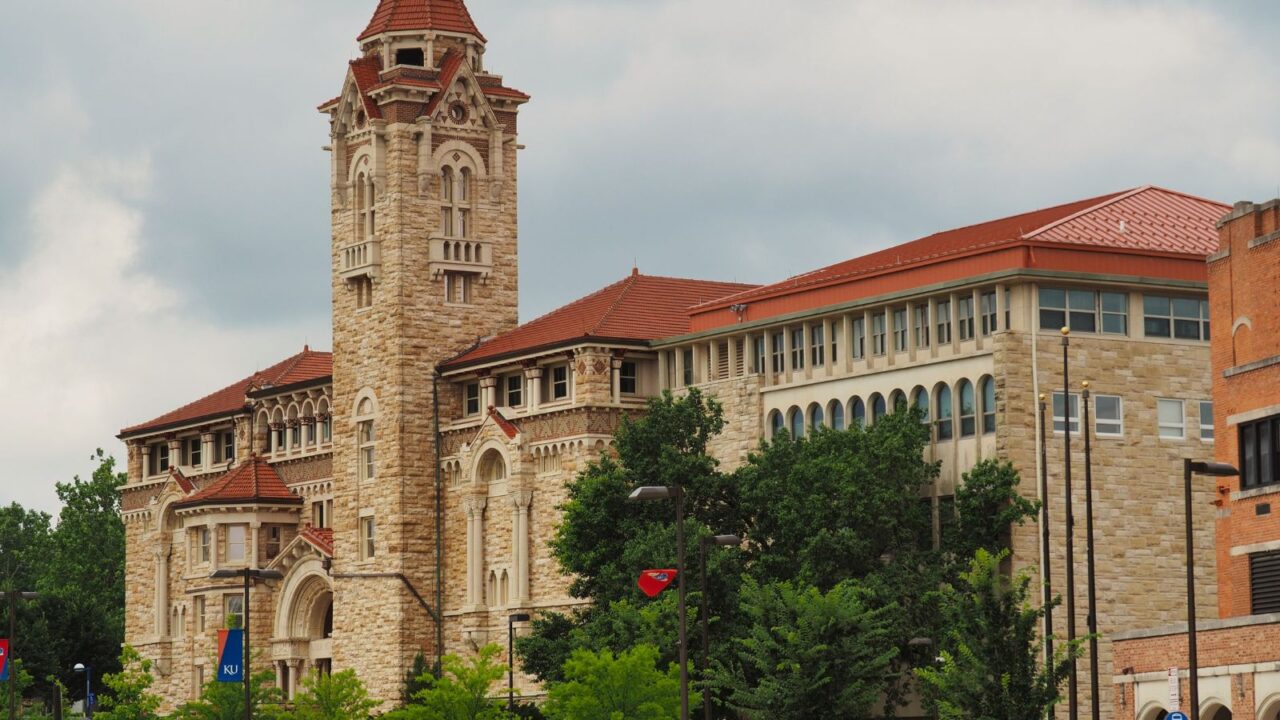
The Appleton Home in Lawrence, Kansas
Lawrence played a unique role during the Bleeding Kansas conflict and later became a key stop for those moving west toward freedom. The Appleton Home, while less well-known, is part of a network of homes that opened their doors to travelers on the path north.
Today, Lawrence blends a lively college-town energy with preserved Civil War-era architecture. If you’re looking to understand how the fight for freedom took shape in the Midwest, this stop adds a vital chapter to the story.
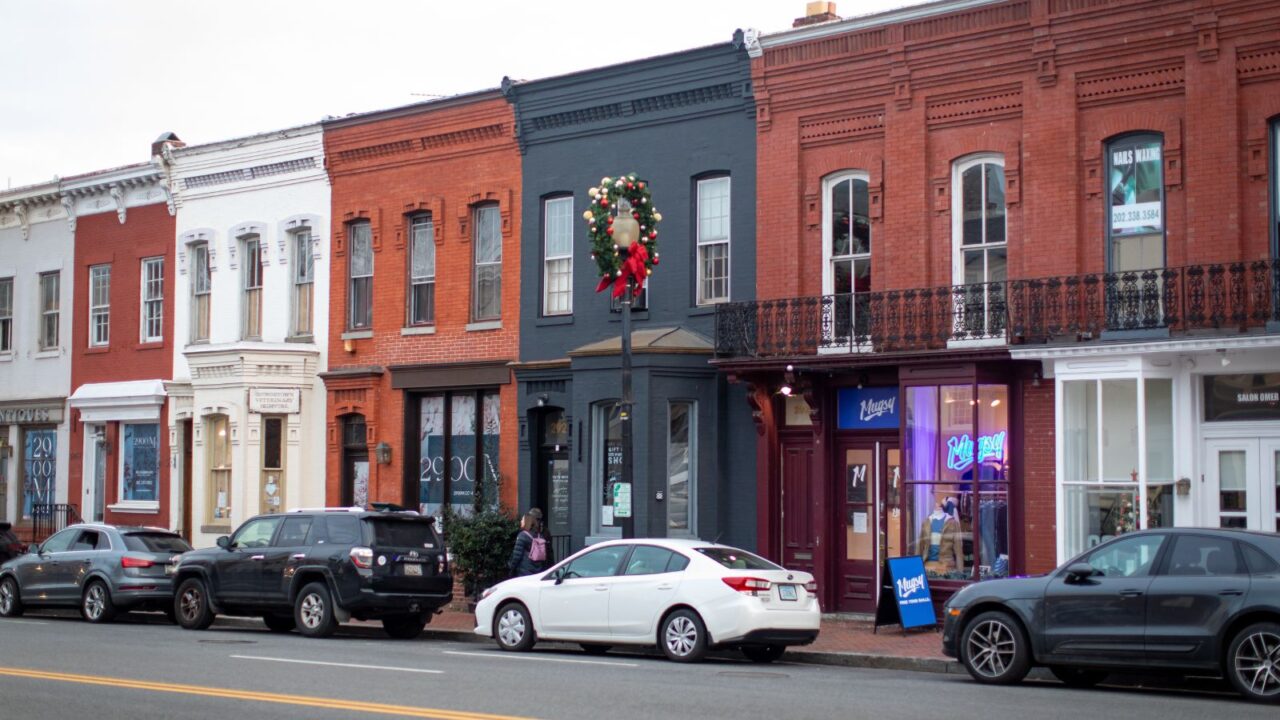
The Tilly Escape, Washington, D.C.
Some freedom stories unfolded right under the government’s nose. “Tilly,” an enslaved woman, escaped with the help of an organized D.C. network.
While there’s no single house to tour, neighborhoods like Georgetown and Capitol Hill contain hidden pockets of this past. Local tours and plaques guide you through these spaces.
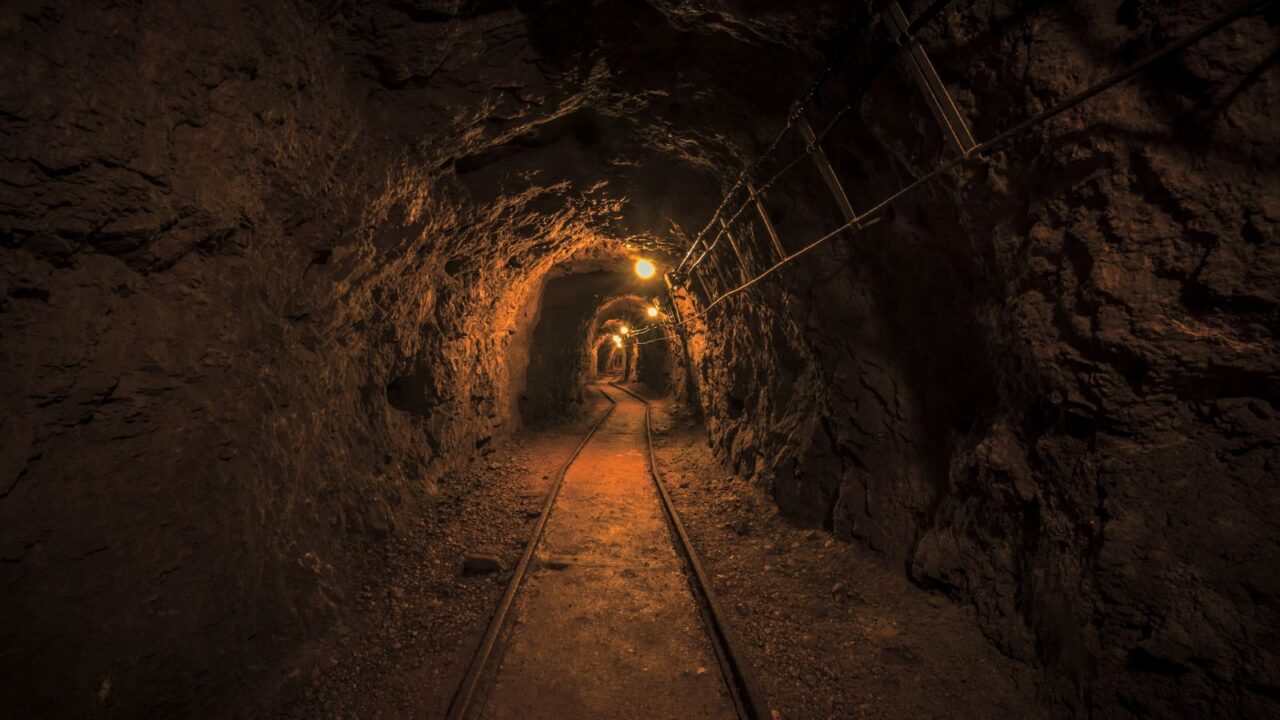
Underground Railroad Bicycle Route, U.S. Travel Option
For travelers who prefer the open road, the Underground Railroad Bicycle Route is a mapped bike trail that spans from Alabama to Canada.
It passes through many of the towns featured in this slideshow, allowing cyclists to move at a human pace while reflecting on the journey freedom seekers once made. With stops in Selma, Oberlin, Sandusky, and Niagara Falls, this trail connects past and present in a unique, physical way.
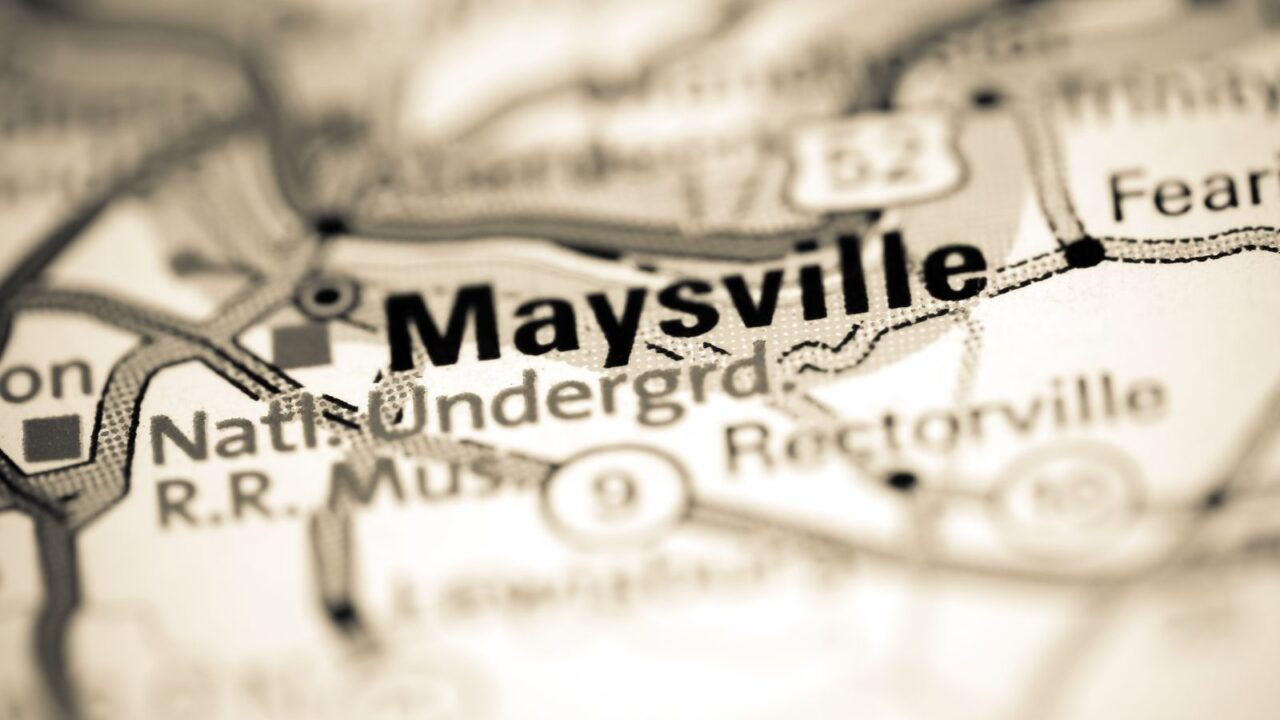
The Eliza Parker Escape Site, Maysville, Kentucky
Just across the river from Ripley lies Maysville, Kentucky, where Eliza Parker famously crossed the icy river with her child to reach the Rankin House. Her story inspired a pivotal scene in Uncle Tom’s Cabin.
While Maysville itself is often overshadowed, the area honors this moment with local heritage signs and museum exhibits. It’s a quiet town with an unforgettable story.
Women have always carved history into the places they lived, crossed, or fought to change, sometimes in silence, sometimes in bold strokes. Want more stories of courage and colour? Enter Frida’s world, where art was her loudest act of defiance.

Sandusky and Lake Erie Crossings, Ohio’s Final Step
Sandusky, Ohio, served as one of the last U.S. stops before Canada. Escapees boarded ships across Lake Erie, risking their lives for freedom.
The Maritime Museum of Sandusky includes Underground Railroad exhibits that explain how captains and communities made this passage possible. It’s a place where the land ends and freedom begins.
History always has two sides: those who ran toward freedom, and those born to chase fame. From Sandusky’s quiet courage to the sparkle of the Walk of Fame, the journey continues.
Have you ever visited a hidden piece of film or freedom history, or do you know a spot we missed? Let us know in the comments.
Read More From This Brand:
- Dreamiest Lakes to Visit in Minnesota
- The Ultimate Weekend Road Trip Plan for Scenic Highway Lovers
- Parisian Apartment Style, Inspired by Real Haussmann Homes
Don’t forget to follow us for more exclusive content right here on MSN.
This slideshow was made with AI assistance and human editing.